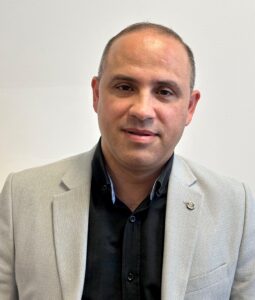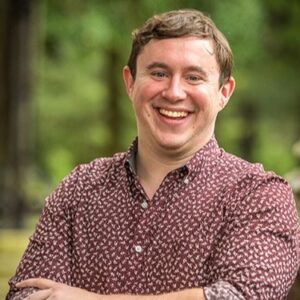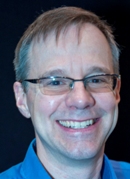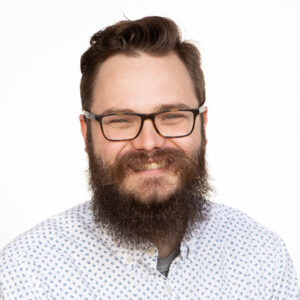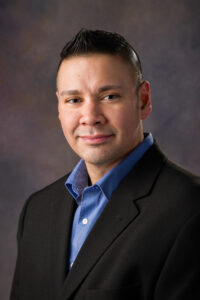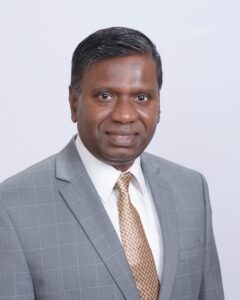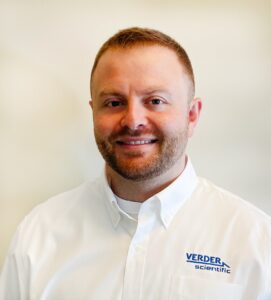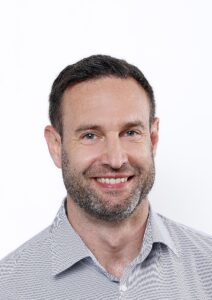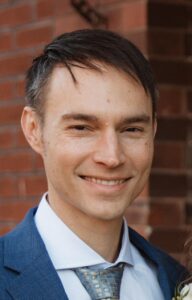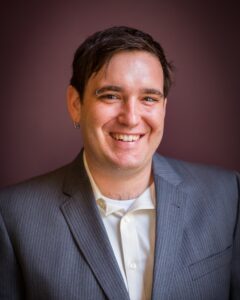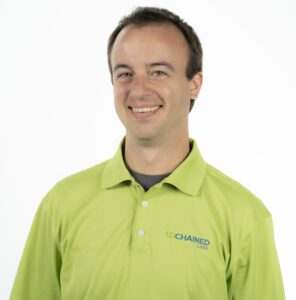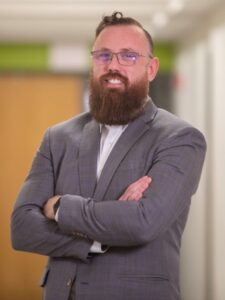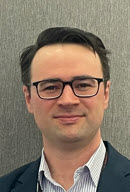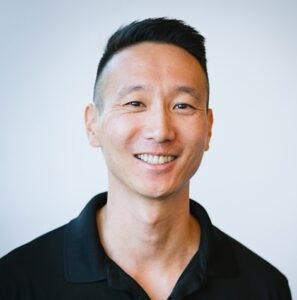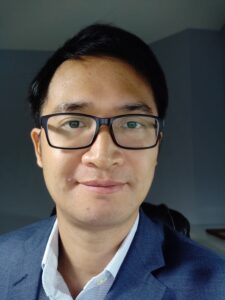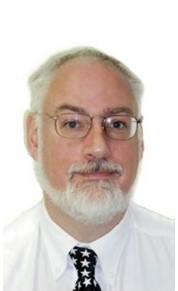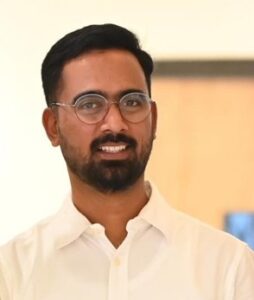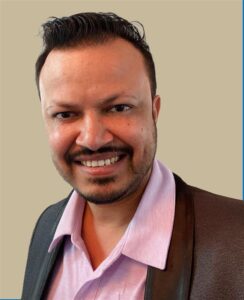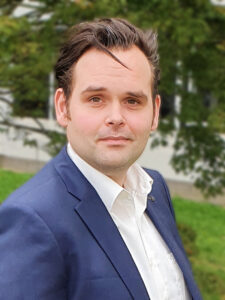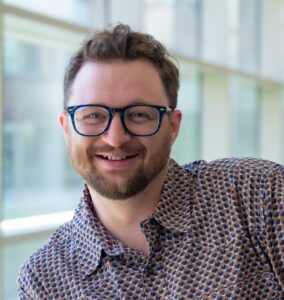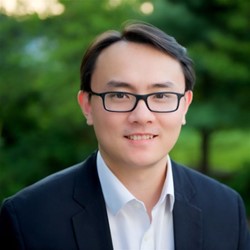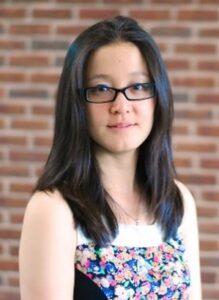Understanding the measurement of particle size distribution is crucial when developing methods for quality control and when demonstrating bioequivalence for complex generic drug products. However, development, optimization, and validation of these methods can be challenging due, in part, to the apparent and deceptive simplicity of particle size analysis.
This two-day workshop will include discussions during the performance of hands-on, step-by-step procedures demonstrating how techniques can be performed in a manner that considers all relevant perspectives and enhances our collective understanding on the topic.
Attendees will gain theoretical and practical knowledge relevant to performing particle size measurements across diverse and challenging products like emulsions and suspensions. In-person attendees will interact directly with academic experts, instrument vendors, and regulators to delve into use cases, best practices, and limitations of particle sizing methodologies. Specifically, the workshop will focus on common particle sizing techniques such as dynamic light scattering and laser diffraction, common deficiencies and challenges encountered during quality assessments, bioequivalence studies, and manufacturing process evaluations.
Choose your experience:
Virtual Attendees will have free access to all sessions of the workshop except the hands-on activities and small group (in-person only) working sessions. Virtual attendees will be able to:
- Attend all presentations and panel discussions
- Participate in all Q&A panel discussions by submitting questions online in real time to the speakers and panelists
- Enjoy free access to workshop recordings of presentations and panel discussions (not including the in-person only sessions)
In-person Attendees will enjoy all of the benefits of virtual attendance as well as interactive experiences featuring:
- Hands-on activities with particle sizing systems from different manufacturers i.e., live particle size measurements of diverse and challenging products
- Small group working sessions during which challenging scenarios will be simulated and guided exercises will illustrate how to navigate decisions during particle size method development and study design for challenging drug products
- Collaborative discussion and learning opportunities with FDA, academic, and industry experts
Workshop Topics
- Theoretical/conceptual understanding of common particle sizing methodologies
- Regulatory perspectives on quality control and bioequivalence for complex generic drug products
- Live demonstration of data acquisition and analysis procedures using dynamic light scattering and laser diffraction systems
- Critical considerations for method development, validation, and reporting
- Expert guidance and illustration of best practices for overcoming challenges
Audience
The workshop is designed for individuals seeking to enhance their understanding of particle size analysis and its critical role in ensuring the quality and efficacy of generic drug products. This workshop is ideal for professionals working in the pharmaceutical industry, particularly those involved in the development, quality control, and regulatory affairs of generic drug products. This may encompass roles such as formulation scientists, analytical chemists, quality control specialists, regulatory affairs specialists, and research and development professionals.
- Virtual Attendance is optimal for an audience that would like to access workshop content from anywhere, eliminate travel time and expenses, and who would like to have the flexibility to attend dynamic sessions/presentations at preferred times.
- In-Person Attendance is optimal for an audience that is interested in collaborative discussions and real-time engagement, immersive learning, interactive sessions, and group activities.
Registration Fees:
- This workshop is FREE for virtual attendees.
- The combined cost for the two-day workshop in-person attendance and activities is:
- $350, in-person attendees – general
- $150, in-person attendees – government (must have an email ending in “.gov” in order to register at this rate)
For in-person attendees, beverages and food for breaks will be provided; lunch is not included. The link for placing an order is: https://dawsons-market.square.site/
A separate order will need to be placed for each day. Ordered food will be picked up at the registration desk. All orders must be placed by September 17.
For faculty and students from the University of Maryland, Baltimore; The Universities at Shady Grove; and University of Michigan, the workshop is free for in-person attendance. Other students, please email CRCG for a reduced rate. Contact CRCG at (info@complexgenerics.org) and indicate which workshop you are interested in.
Continuing education (CE) credits will not be provided for attending this workshop. A certificate of attendance will only be provided to individuals attending the workshop in-person, when requested.


